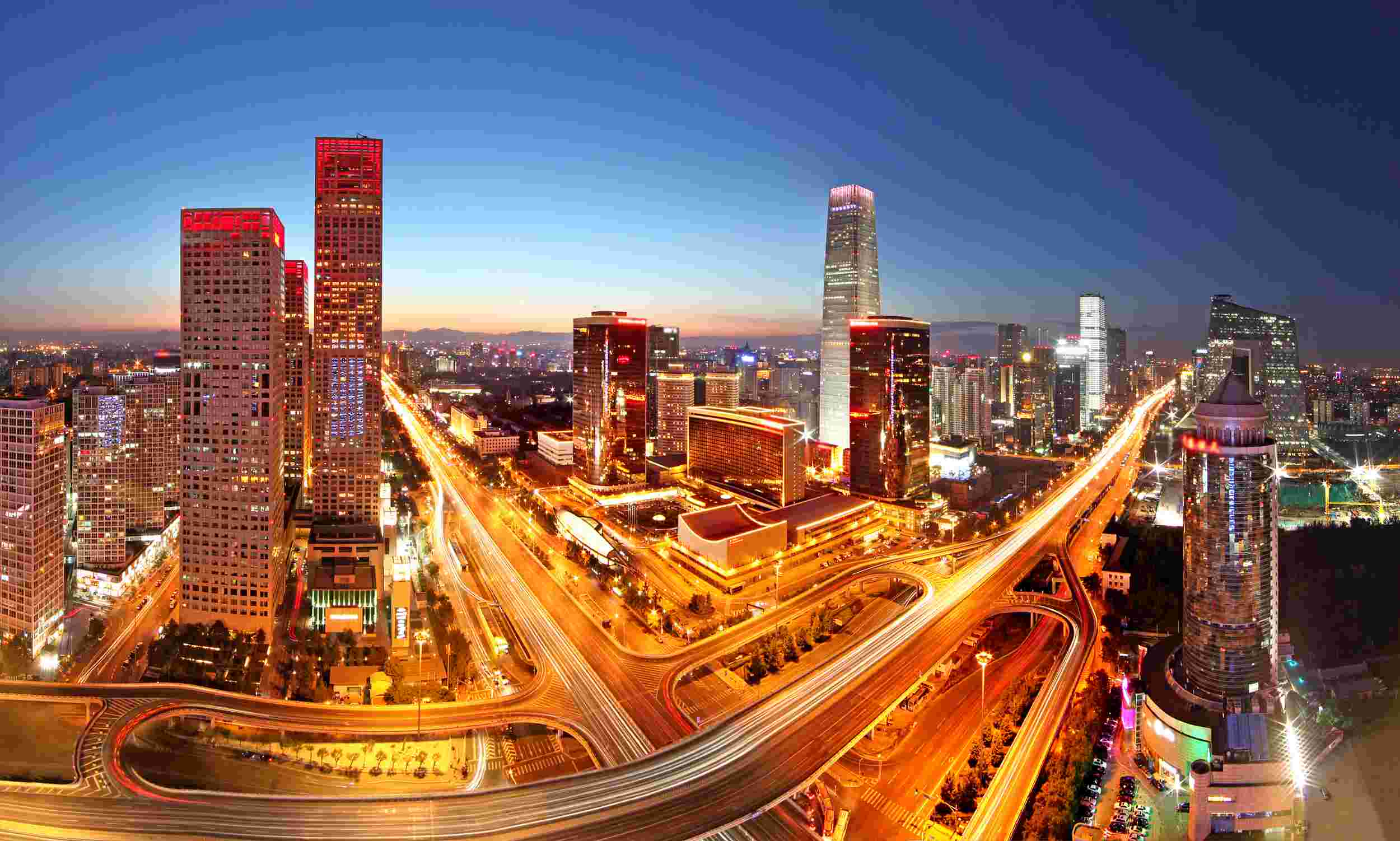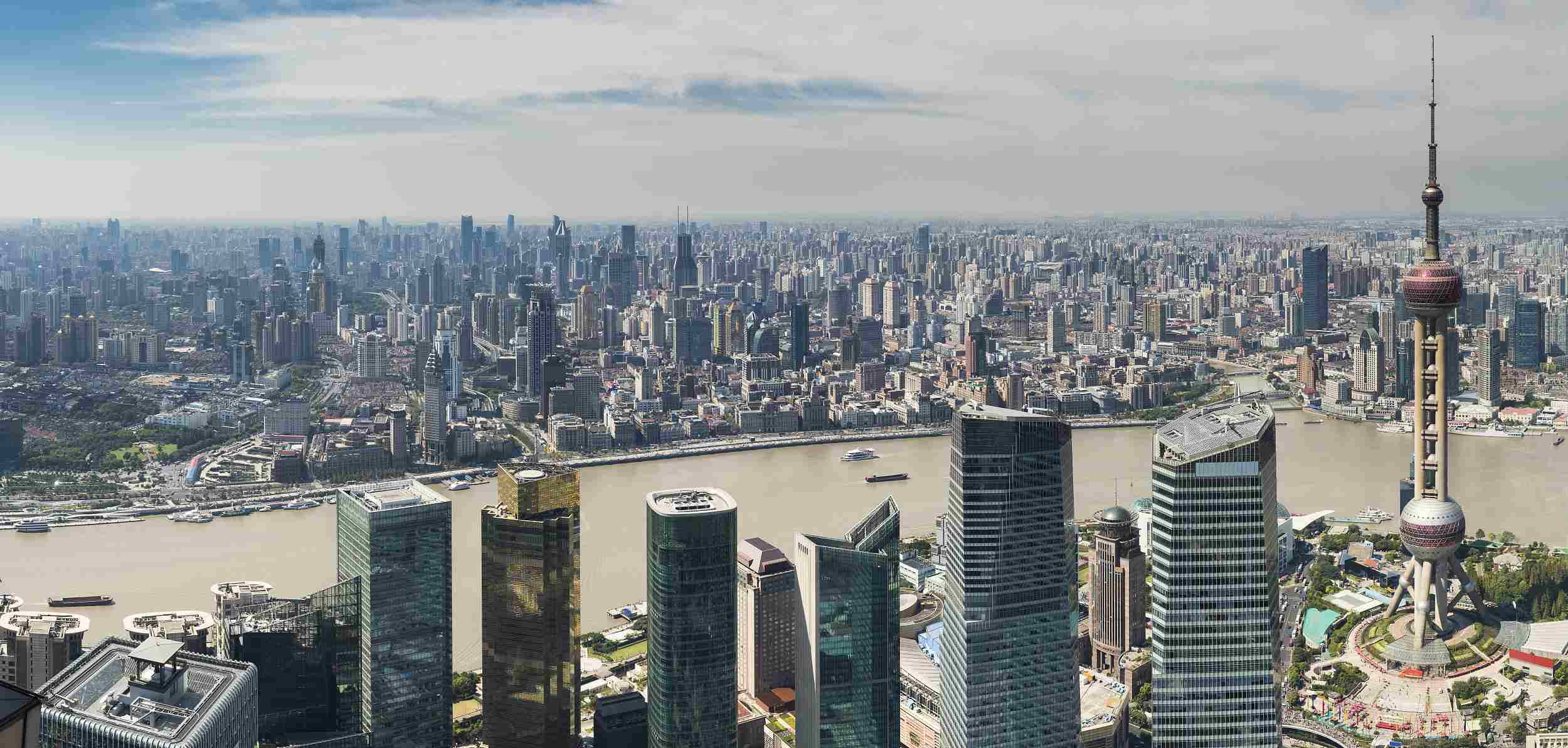
Business
16:09, 28-Jun-2018
Hong Kong, Beijing office space 'world's most expensive,' as Shanghai rents fall
Updated
15:26, 01-Jul-2018
Nicholas Moore

Four of the five most expensive office addresses in the world are in Hong Kong and Beijing, according to a new study which also revealed falling rental costs for office space in Shanghai.
The study, conducted in the first quarter by real estate services provider CBRE, found that Hong Kong’s Central district was by far the world’s most expensive location to rent office space, with average monthly occupancy costs of 200.51 Hong Kong dollars per square foot (306.57 US dollars per square foot).

Hong Kong's Central district. /VCG Photo
Hong Kong's Central district. /VCG Photo
That makes Central around 30 percent more expensive than the second-priciest office address in London’s West End, which has average occupancy costs of 235.01 US dollars per square foot.
The top five most expensive office addresses is completed by Beijing’s Financial Street at 1,131 yuan per square meter (200.91 US dollars/sq. ft.), Hong Kong’s Kowloon at 123.98 Hong Kong dollars per square foot (189.56 US dollars/sq. ft.) and Beijing’s CBD at 1,066 yuan per square meter (189.44 US dollars/sq. ft.).
The study found that the rising demand for Hong Kong office space was driven by the banking and finance sectors, particularly from firms from the Chinese mainland.
In Beijing, “finance, technology and flexible-space operators” showed solid demand for office space, with several new high-quality office buildings completed this year.

Beijing's CBD. /VCG Photo
Beijing's CBD. /VCG Photo
Co-working spaces operated by companies like WeWork and UrWork have grown rapidly across China in the past year. However, shared offices still only represent a small fraction of total workspace – only three percent of Beijing’s office space is taken up by co-working spaces, according to Technode.
While rents in Beijing increased, several locations in Shanghai saw their office occupancy costs fall, with office rents in the city’s Puxi district dropping by 12.8 percent year-on-year in the first quarter, second only to Dubai, which fell by 15.4 percent.
Shanghai’s Pudong district also saw a significant drop in average occupancy costs, falling 5.5 percent.
According to a study published last month by global estate agency Savills, Shanghai’s average office vacancy rate increased by 0.5 percentage points quarter-on-quarter in the first three months of the year, with 12.4 percent of the city’s office space currently empty.
This is in contrast to Beijing, where demand from tech companies and new startups remains high, pushing vacancy rates down 0.8 percentage points to 6.8 percent over the same period. According to Savills, only 1.5 percent of office space on Beijing’s Financial Street is empty.

Looking across to Puxi district across the river from Pudong, Shanghai. /VCG Photo
Looking across to Puxi district across the river from Pudong, Shanghai. /VCG Photo
China Daily has previously reported on an oversupply of office space in first and second tier Chinese cities, particularly in Shanghai. Construction work on 1.65 million square meters of new office space over the next five years in Shanghai’s Pudong district, focusing on a new area of development called Qiantan, could put further pressure on office rents in the city if demand struggles to increase.
Chinese second and third tier cities have also struggled to lower their vacancy rates after several years of constructing millions of square meters of premium office space. 44 percent of office space in southwest China’s Chongqing was empty in the first quarter, according to Savills, despite being able to offer average rents almost 75 percent cheaper than in Beijing.

SITEMAP
Copyright © 2018 CGTN. Beijing ICP prepared NO.16065310-3
Copyright © 2018 CGTN. Beijing ICP prepared NO.16065310-3